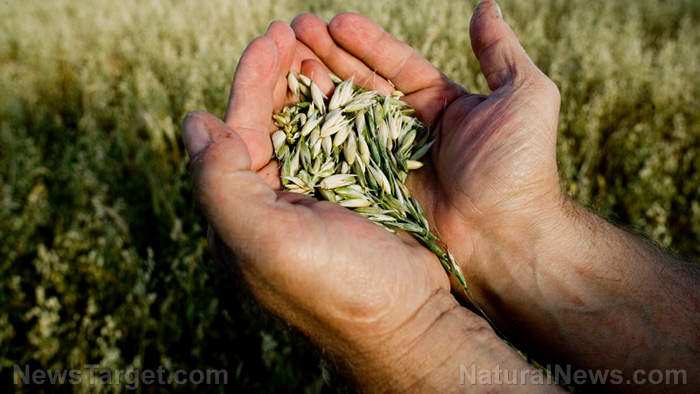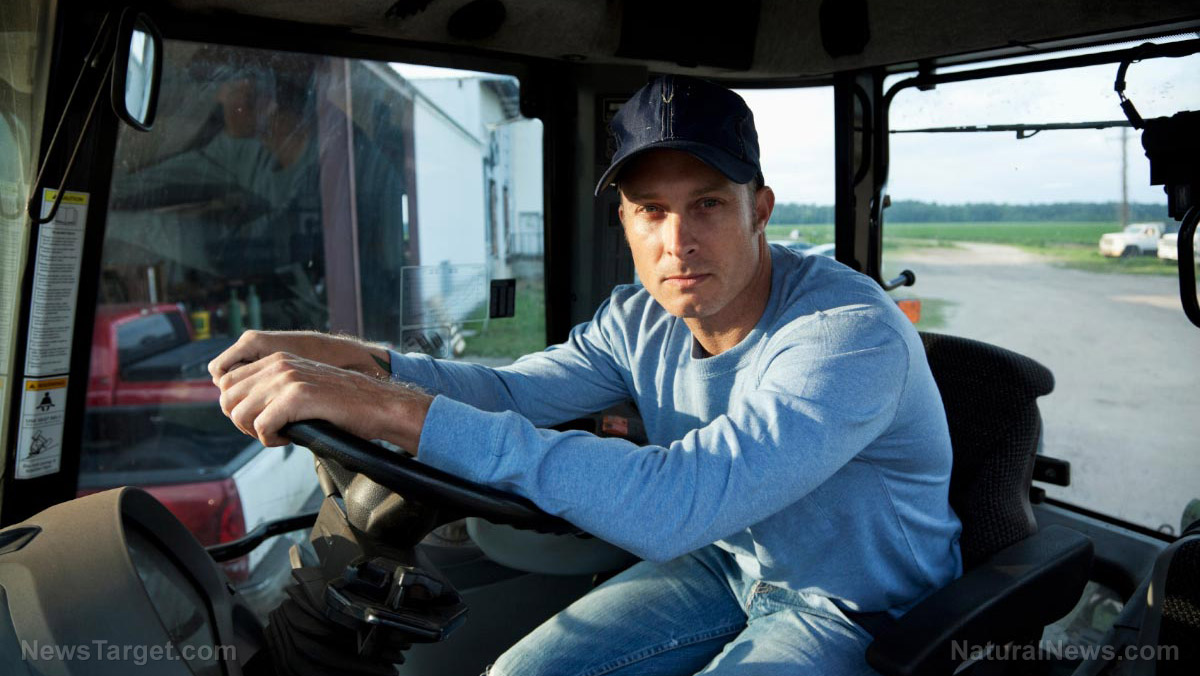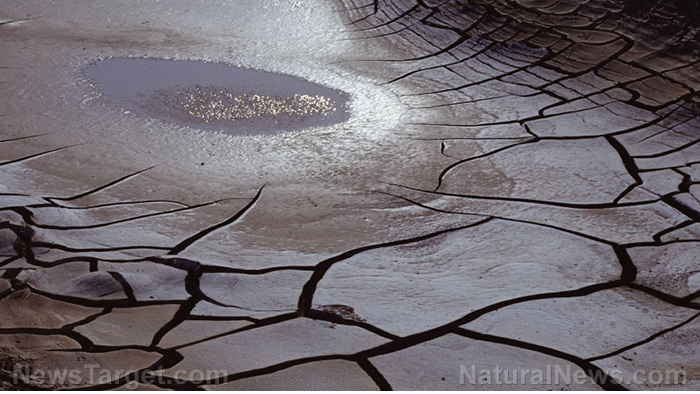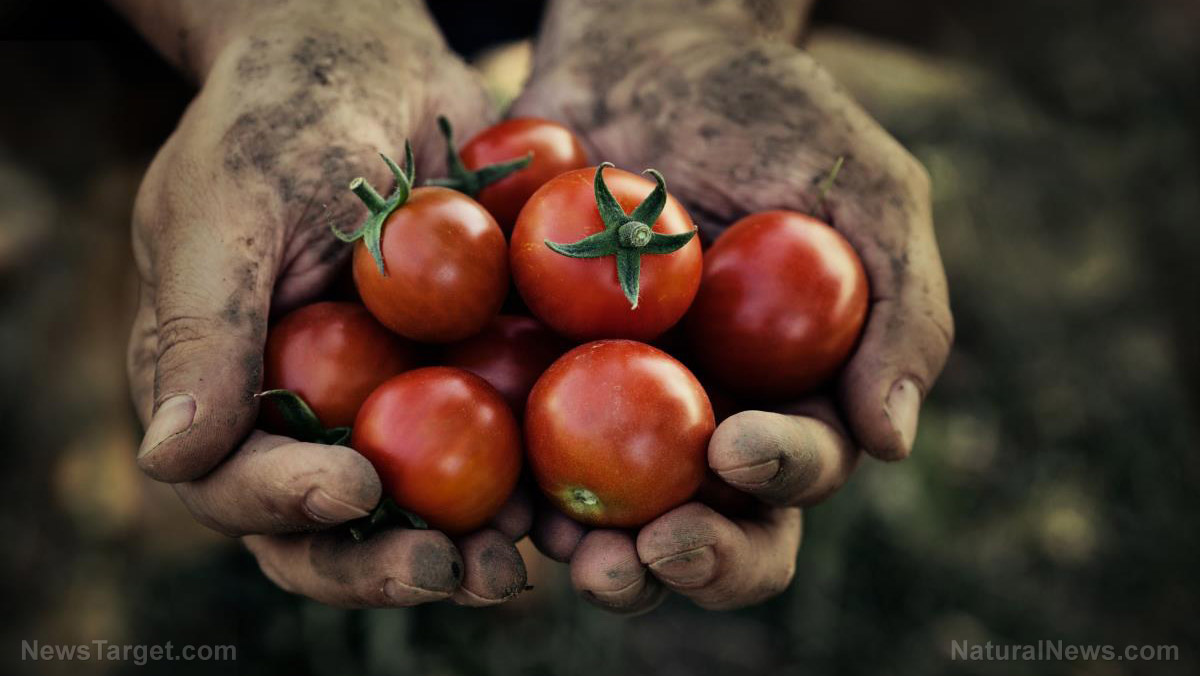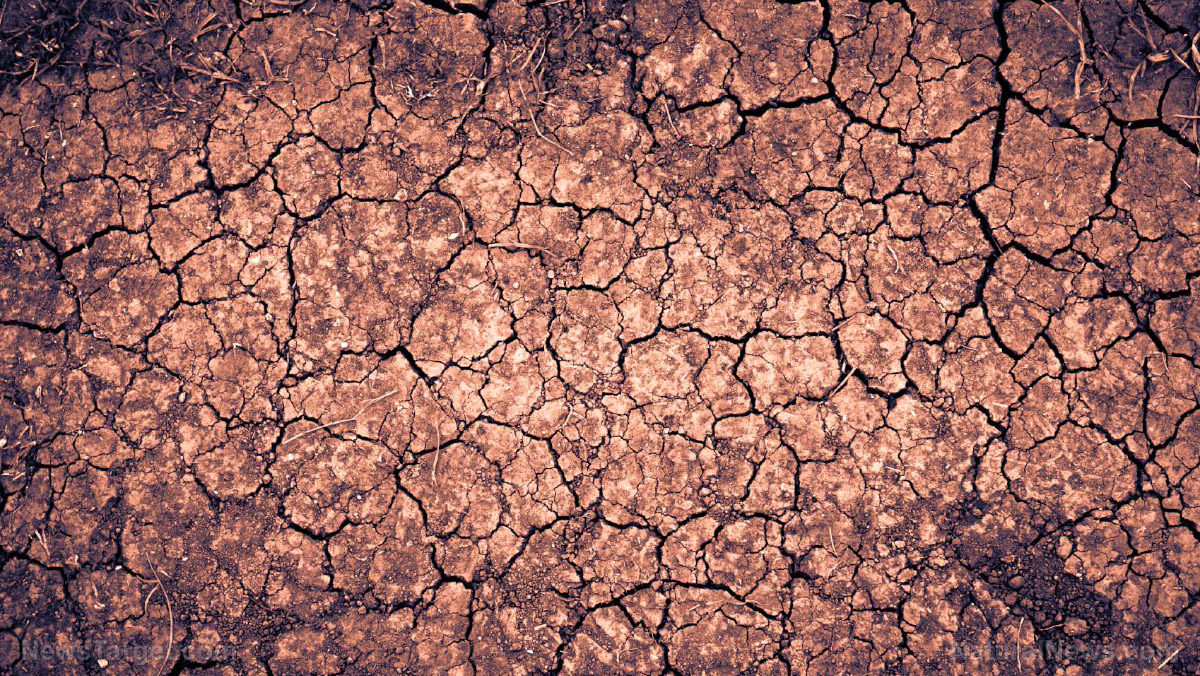FOOD COLLAPSE: California’s ongoing drought has left over half a million acres of farmland unplanted
08/26/2022 / By Arsenio Toledo
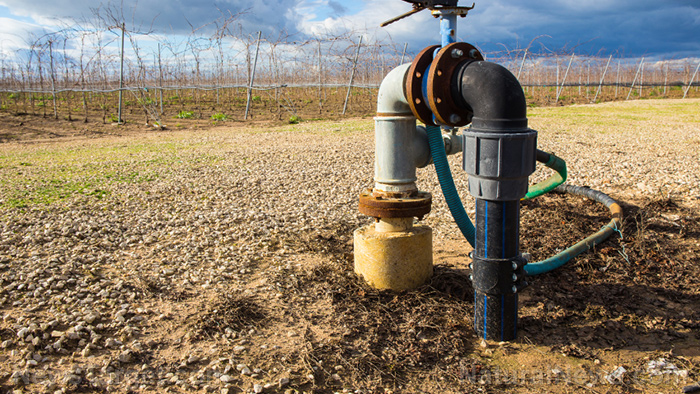
The ongoing drought in California is keeping over half a million acres of farmland from being utilized.
According to data released by the United States Department of Agriculture (USDA), there are more than 531,000 acres of unplanted land in California. This constitutes a 36 percent increase from the amount of unplanted land in the state a year ago.
Around a fifth of the unplanted land is fallow – or land that is deliberately left unplanted to help rejuvenate the soil for the next planting season. The rest of the unplanted land is a result of natural disasters such as the ongoing drought. (Related: California’s untilled fields set to double amid water crisis in the state.)
The USDA data reflects how many California farmers are struggling to procure enough water to irrigate their crops as major government water projects supplying their water remain lacking as the drought in the Western United States continues into its third year.
Aaron Smith, professor of agricultural economics at University of California, Davis noted that the crops most affected by the water crisis are water-intensive field crops like rice and cotton, which have been declining for years in the state.
The decline in farmland utilization in California comes as production of certain crops like wheat and corn all over the country is expected to decline due to drought conditions, contributing to food price inflation.
Unplanted land to continue doubling each year the drought continues
The USDA’s report has three different categories for unplanted land: fallow, idle and prevented. The latter category refers specifically to land that can’t be used due to natural disasters, including drought.
In 2020, there were 74,200 acres of prevented land. In 2021, that increased by more than double to 188,800 acres of prevented land. In the latest report, the acres of prevented land once again doubled to 384,200 acres. Experts warned that if drought conditions persist, the number of acres of prevented land could once again double next year.
Analysts further noted that the estimated number of unplanted land is likely based on reports by farmers and only representative of the current crisis, which strongly suggests that the water crisis is much worse.
“When we look at the drought’s impact on agriculture, it’s not only the producers, the farmers that are impacted,” said Navdeep Dhillon, farm program chief for the USDA Farm Service Agency’s California office.
Dhillon noted that the increase in unplanted farmland across the state spells trouble also for harvesters, food processing and distribution centers, food delivery drivers and others.
According to the latest report from the U.S. Drought Monitor, most of California remains in severe or worse drought conditions with no immediate relief in sight. About 17 percent of the state, mostly in the Central Valley region, is classified as being under “exceptional” drought conditions, indicating a very high risk of fire and water shortages.
“That’s going to mean less water available for agriculture in certain parts of the state, most likely,” said Smith. “We will see some reductions in land use and certainly, I would expect less alfalfa, rice, cotton and wheat, which have been declining anyway.”
Learn more about the many disasters affecting California at CaliforniaCollapse.news.
Watch this video from “Geoengineering Watch” speculating that the unprecedented drought affecting the Western United States may be caused by geoengineering.
This video is from the channel Galactic Storm on Brighteon.com.
More related articles:
Spaghetti sauce prices to increase due to reduced tomato yields amid California water crisis.
Food supply THREAT: If California cuts off water to farms, ALL of America will face food shortages.
Sources include:
Submit a correction >>
Tagged Under:
agriculture, California, california collapse, collapse, collapsifornia, crops, drought, environment, farming, farmland, food inflation, harvest, water crisis, water supply, Water Wars, weather
This article may contain statements that reflect the opinion of the author
RECENT NEWS & ARTICLES
COPYRIGHT © 2022 Crops.News
All content posted on this site is protected under Free Speech. Crops.News is not responsible for content written by contributing authors. The information on this site is provided for educational and entertainment purposes only. It is not intended as a substitute for professional advice of any kind. Crops.News assumes no responsibility for the use or misuse of this material. All trademarks, registered trademarks and service marks mentioned on this site are the property of their respective owners.



